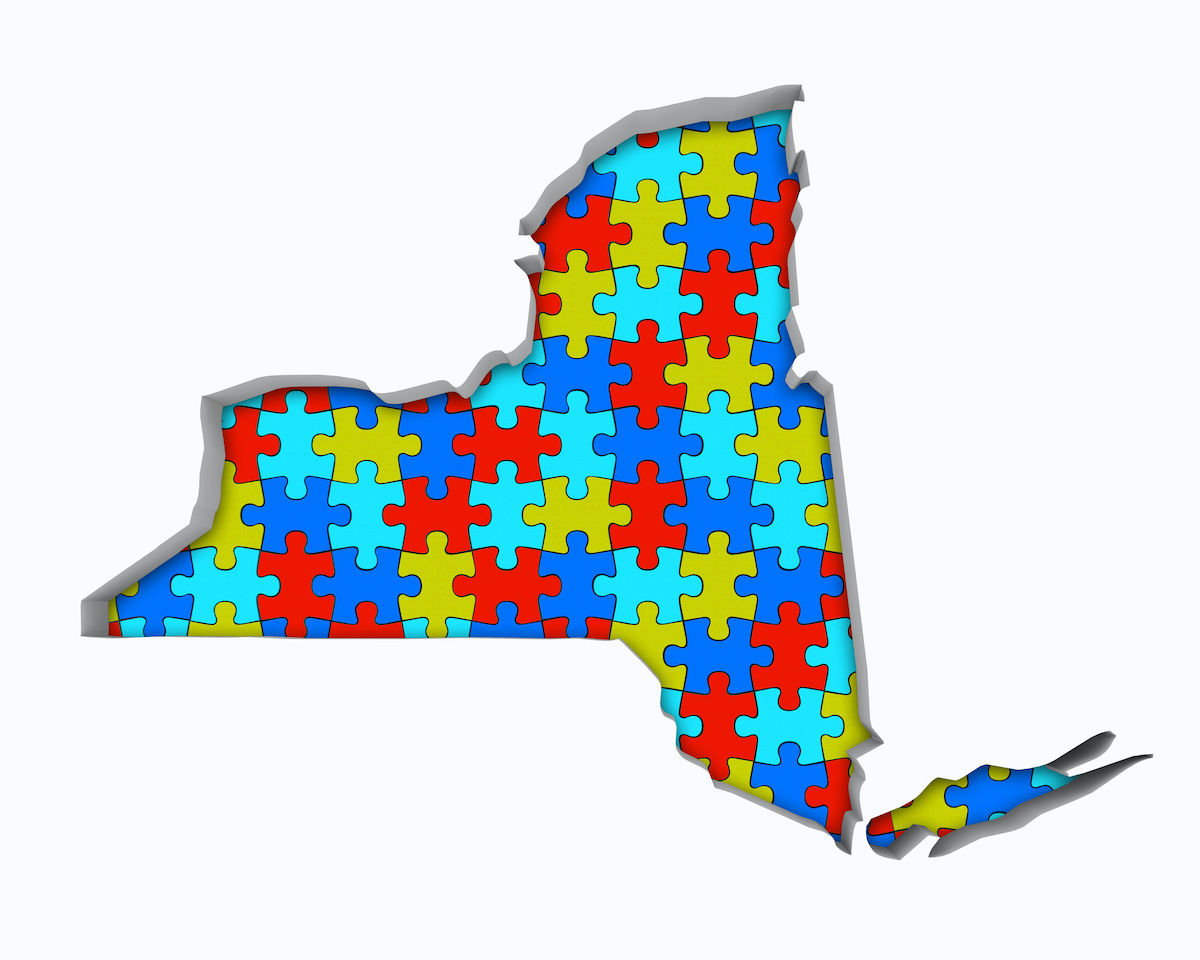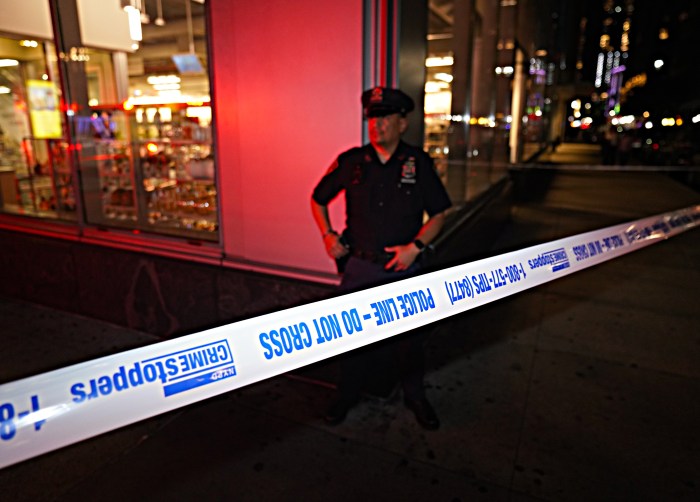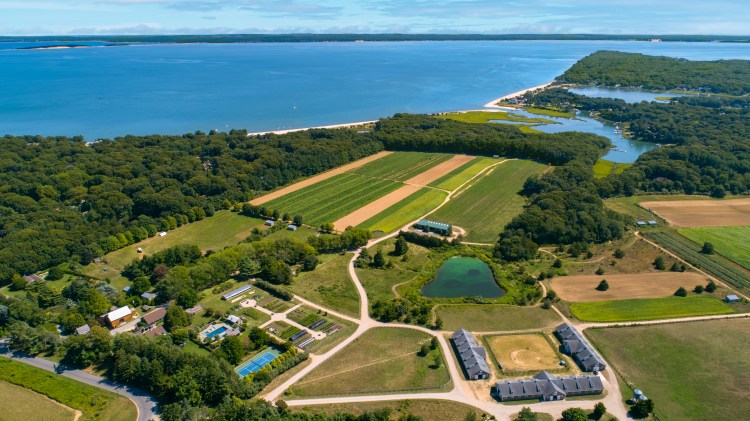As 2021 ends, New York State’s Independent State Redistricting Commission (IRC) has scheduled a Jan. 3 meeting for a possible vote to send the final state election districts map proposal and reports to the legislature. The final deadline for the Commission to adopt its initial plans is Jan. 15.
The map will affect fair and equal political representation for New Yorkers in the next decade. The stakes are high: the new congressional and state legislative district boundaries will be in place for elections next year and through the decade.
Local jurisdictions will be undertaking a similar line drawing for the 2023 elections. And work to avert New York losing another congressional district in the 2030 Census will need to start in earnest.
This year’s congressional and state legislative redistricting process is governed by a New York State constitutional amendment enacted in 2014. To make redistricting somewhat more independent of the state legislature, the amendment created the IRC and set out objective criteria. Those criteria include equality of population, fair minority districts, compact and contiguous districts, and “communities of interest” considerations.
Since the summer, the IRC, a ten-member board appointed mostly by state legislative leaders, has held hearings throughout the state seeking public input on how to draw new congressional and state lines.
If the IRC agrees on its plans, they go to the State Legislature. If the State Legislature votes to accept them and the Governor approves, the lines are set. If, however, the Legislature rejects the IRC maps, the Commission has until late February to give the Legislature a new set of plans. The State Legislature also could take up its own redistricting if the IRC sends it no plans or if the Legislature rejects both first and second-round IRC maps.
The Democratic and Republican commission members released separate statements late on December 23 indicating that they were unlikely to agree on congressional or state legislative maps, making it more likely that the Legislature will draw its own maps unless the IRC can agree before its deadlines.
Timing is important. Candidate petitioning for the Spring 2022 primary is expected to get underway around March 1. New district lines need to be finalized before petitioning gets underway.
Meanwhile, as new congressional and state legislative lines are set in place, New York City and most counties, cities, and towns with local legislatures will also have to redraw their districts for the 2023 elections.
In New York City, Mayor-elect Eric Adams, Speaker-designate Adrienne Adams, and Minority Leader-designate Joe Borelli will appoint a 15-member City Council redistricting commission that is tasked with redrawing Council district lines by December 2022.
Even though New York State gained more in population between 2010 and 2020 (adding more than 800,000 persons) its gains were edged out by other states’ census counts. As a result, New York lost one congressional district.
New population estimates from the Census Bureau reveal a potentially more negative recent trend: between July 2020 and July 2021 New York State’s population dropped by 1.5% (or by more than 350,000 persons). New York has a major challenge ahead to make sure every resident is counted in the 2030 Census. Planning for a full and fair count must start now.
Jeffrey M. Wice is an Adjunct Professor/Senior Fellow at New York Law School and an expert on redistricting.
Sign up for Long Island Press’ email newsletters here. Sign up for home delivery of Long Island Press here. Sign up for discounts by becoming a Long Island Press community partner here.






























